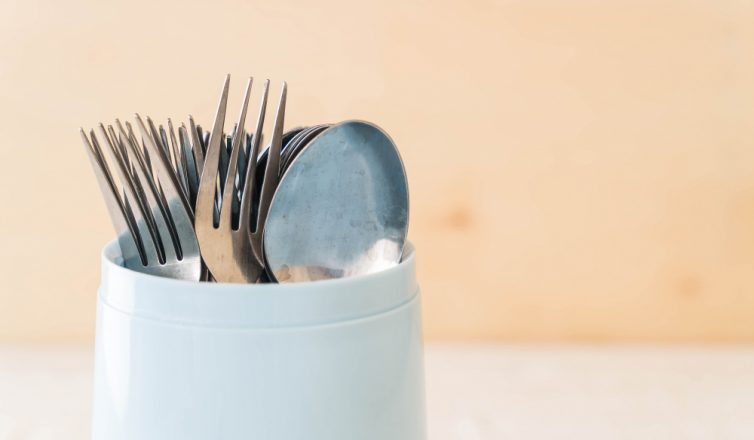Moving your silverware requires careful planning and the right approach to keep your flatware safe during transport. This guide walks you through the complete process of packing silverware for your move. You’ll learn about supplies needed, sorting methods, wrapping techniques, and boxing strategies. Having experienced movers in Austin can make this process smoother, but these tips help you handle the packing yourself. Following these steps protects your silverware from damage and keeps everything organized for unpacking.
Gather Necessary Supplies
Begin by gathering all the necessary supplies to pack your silverware safely. Get sturdy boxes that are the right size to hold your silverware, neither too loose nor too cramped. Buy packing paper to cushion and protect each piece during the move. Bubble wrap is effective for protecting delicate items and preventing damage. Ensure you have sufficient tape to seal boxes securely. Consider investing in special dividers or organizers to keep your silverware organized inside the boxes. Having all these supplies ready before you start makes the packing process go smoothly and helps protect your silverware from harm during the move.
Sort and Organize Silverware
Start by separating your silverware into groups based on their type, such as forks, knives, spoons, and special items. This first step helps you stay organized and ensures each piece receives proper protection during the move. Here are some tips to sort and organize your silverware well:
- Forks: Put all forks together, organizing them by size or type
- Knives: Separate butter knives, steak knives, and other special knives
- Spoons: Group teaspoons, tablespoons, and any other types of spoons you have
- Specialty Items: Sort out unique items like serving spoons or cocktail forks
- Miscellaneous: Put any leftover silverware or odd pieces in a separate group
Wrap Individual Pieces
Use soft, cushioned materials, such as bubble wrap or packing paper, to wrap each piece of silverware safely before packing it for moving. This step is important to prevent scratches, dents, or bends during transport. Start by laying out a piece of bubble wrap or packing paper and placing one silverware piece in the center. Fold the material over the silverware and secure it gently with tape or a rubber band. Make sure the piece is completely covered and protected. Do this for each piece of silverware in your collection. By wrapping each piece separately, you make sure they arrive at your new home in perfect condition.
Pack in Sturdy Boxes
Place your individually wrapped silverware pieces in strong boxes to keep them safe during your move. Strong boxes provide extra protection, keeping your silverware secure and preventing damage. When packing your silverware in sturdy boxes, think about these points:
- Choose the Right Size: Pick boxes that aren’t too big or too small, making sure they fit snugly
- Use Divider Inserts: Use divider inserts or cardboard dividers inside the box to keep each piece separate
- Fill Empty Spaces: Fill any gaps with packing paper or bubble wrap to prevent movement during transport
- Seal Boxes Properly: Seal boxes with strong packing tape to keep them secure
- Label the Boxes: Mark the boxes as fragile and show that they contain silverware
Label and Seal Boxes
Proper labeling and sealing of your boxes is important to keep your silverware safe during a move. When labeling, be specific and clear about the contents of each box. Use a permanent marker to write ‘Silverware’ or ‘Flatware’ on the top and sides of the box. Also, think about adding ‘Fragile’ if the silverware is delicate. After labeling, seal the boxes tightly with high-quality packing tape. Ensure all seams are securely taped shut to prevent the box from opening accidentally during transport. For extra protection, strengthen the bottom of the box with an extra layer of tape. Properly labeled and sealed boxes help you stay organized and protect your silverware from damage during the moving process.
Other Related Articles:

